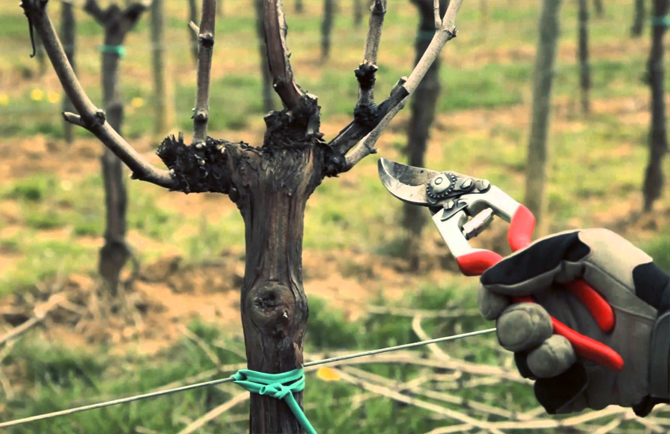A marzo taglia e pota se non vuoi la botte vuota

Così recita il proverbio che ci avverte che durante questo mese si dovranno terminare le operazioni di potatura. Nel vigneto, infatti, una volta terminate queste ultime, si inizierà il controllo delle infestazioni. Facendo attenzione alle sorprese meteorologiche che spesso marzo “pazzerello” riserva, si può iniziare a seminare barbabietola da zucchero, girasole, mais e soia, piantando nuovi prati e medicai. Nell’orto, dalla seconda metà del mese, provvederemo a piantare a dimora, all’aperto, le patate. Semineremo cavoli, basilico, bietole, ravanelli, radicchi, spinaci, prezzemolo, valerianella, lattughe e rucola. Invece, in vasetti o in alveolati si potranno seminare la lattuga romana, i peperoni, i pomodori, i cetrioli, le melanzane, le zucchine, il sedano, il melone e l’anguria. Chi possiede un frutteto può iniziare i trattamenti antiparassitari contro acari, seccumi, bolla del pesco, ticchiolatura e carpocapsa. Ricordiamoci che questo è anche il periodo in cui si terminano le concimazioni organico-minerali dei terreni. Marzo è poi il mese delle piante aromatiche: si trapianteranno allora lavanda, menta, origano, rosmarino, cren, timo, rabarbaro e valeriana. In giardino invece si provvederà a ripulire e a rinvasare gerani, ortensie, gelsomini, fucsie e varie piante da appartamento, riparate nei tepidari. Siamo giunti ormai al termine della potatura delle rose e della semina delle piante annuali a fioritura estiva. Per divisione dei cespi si moltiplicheranno cosmea, campanule, iperico e phlox. Chi possiede anche degli animali da cortile potrà integrare la loro alimentazione secca con erba fresca: come ad esempio per i conigli, utilizzando erba piuttosto appassita per non creare loro disturbi gastrointestinali. Il pollame può finalmente pascolare all’aperto, su terreni erbosi e ombreggiati.
Redazione Floraviva
____________________________________________________________________________________